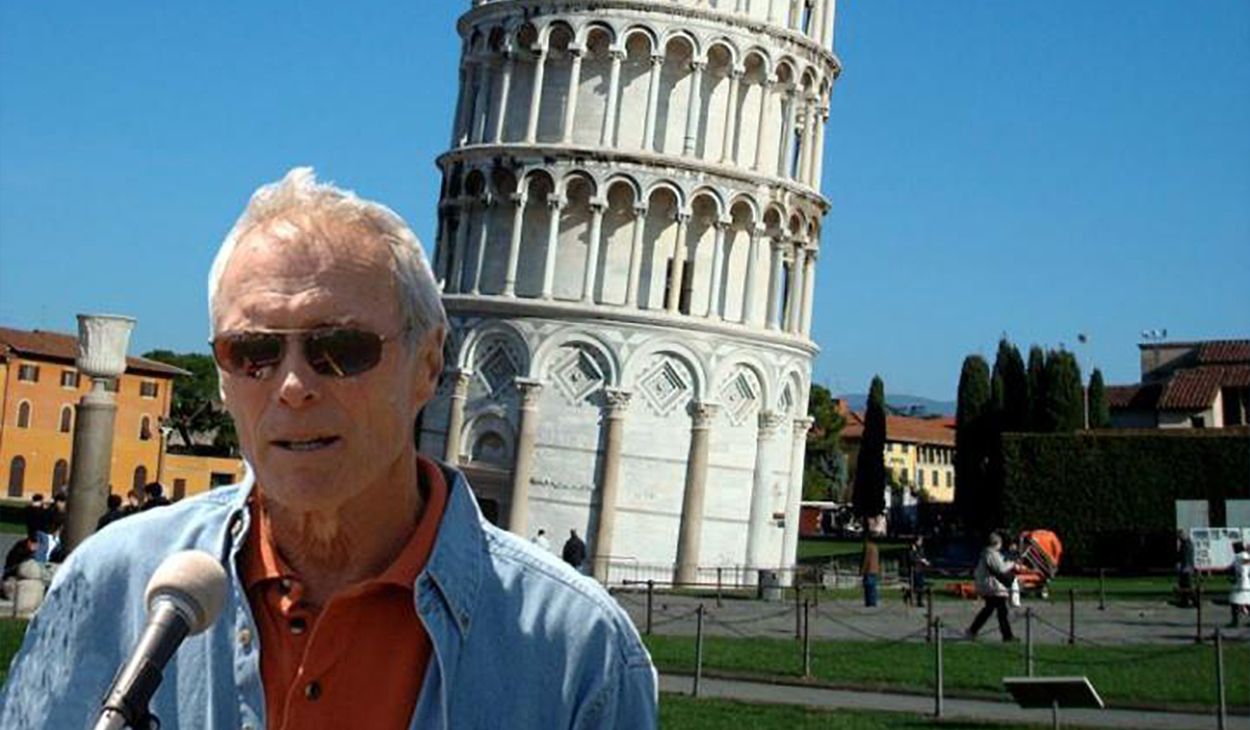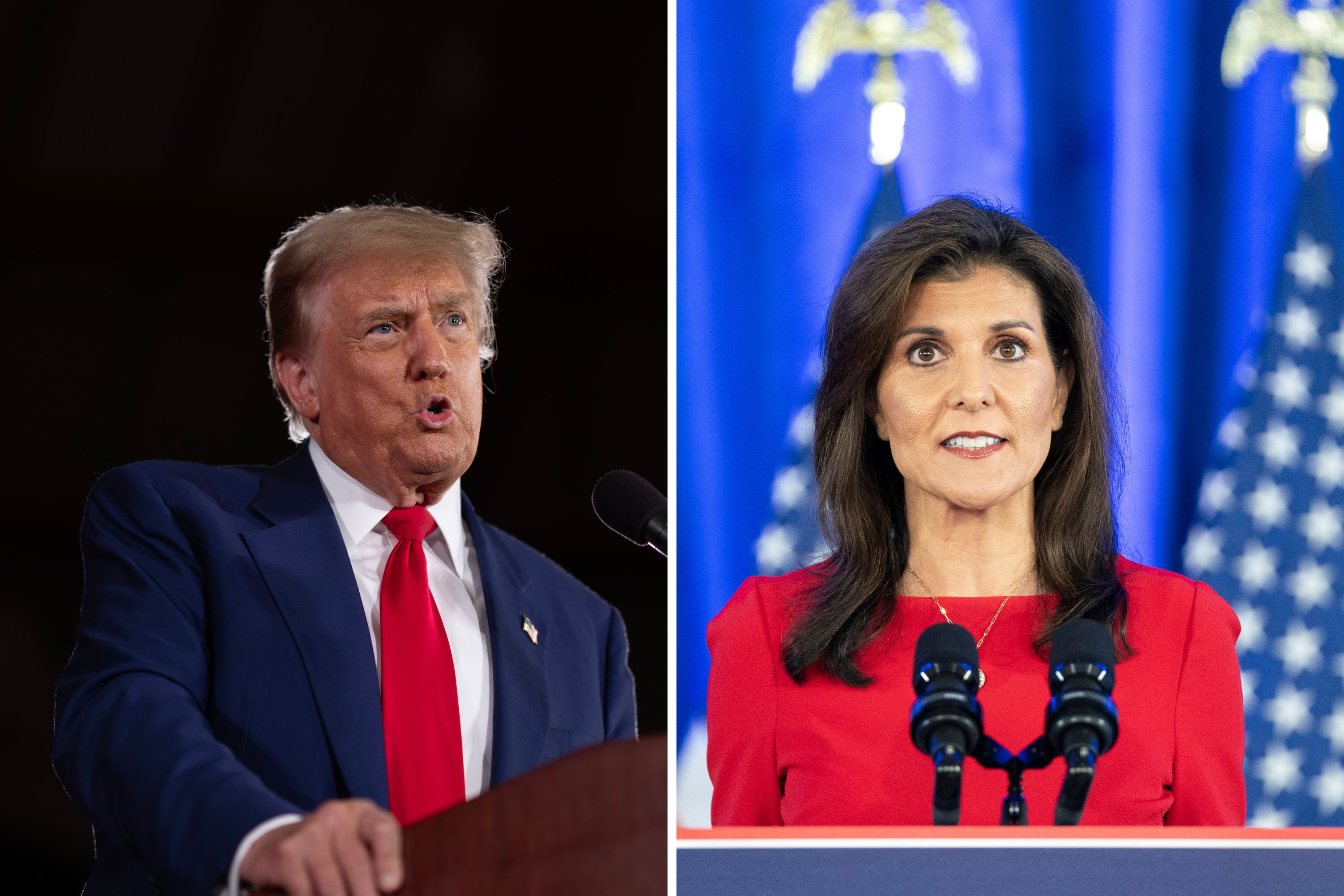
For some time, researchers have been trying to learn more about the nature of memory in order to improve brain function in people with Alzheimer's disease and other neurodegenerative conditions.
Scientists already know the medial temporal lobe is integral to long-term memory storage. That part of the brain is linked to our ability to recall events such as randomly running into your boss at the local bar. But until now, researchers have been unable to see neuronal changes that occur with new memory formation.
In a study published this week in the journal Neuron, researchers at the University of California Los Angeles and in the United Kingdom said they observed how neurons fire in this region of the brain when new associative memories were formed.
The 14 patients who took part in the study have severe epilepsy and were admitted to the hospital to undergo monitoring with implanted electrodes to see if they were suitable candidates for surgery.
Researchers identified a total of 600 medial temporal lobe neurons among the cohort of patients. The researchers showed each patient an assortment of 100 pictures of celebrities, animals and well known landmarks such as the Eiffel Tower and Leaning Tower of Pisa. In their first analysis, the team identified neurons that responded to one or more pictures. The team then photoshopped composite images, such as Clint Eastwood standing in front of the Tower of Pisa.
They measured brain activity with electrodes in the medial temporal lobe. When new associations between images were formed in the brain, neurons in that area fired in different patterns. Then the study participants again looked at images of celebrities and locations separately. The researchers observed that the same neuronal activity occurred when the participants looked at the photoshopped images.
"This study goes into the heart of the neural code underlying one of the most fundamental aspects of human cognition and memory, namely the formation of associations," Itzhak Fried, a professor of neurosurgery and psychiatry and biobehavioral sciences at the David Geffen School of Medicine at UCLA and the Semel Institute for Neuroscience and Human Behavior, said in a press statement. "Recording such activity of even one lonely cell in a multitude of billions of neurons in the brain of a patient on a hospital ward is a technical achievement that only a few places in the world can achieve."
Uncommon Knowledge
Newsweek is committed to challenging conventional wisdom and finding connections in the search for common ground.
Newsweek is committed to challenging conventional wisdom and finding connections in the search for common ground.
About the writer
Jessica Firger is a staff writer at Newsweek, where she covers all things health. She previously worked as a health editor ... Read more
To read how Newsweek uses AI as a newsroom tool, Click here.






